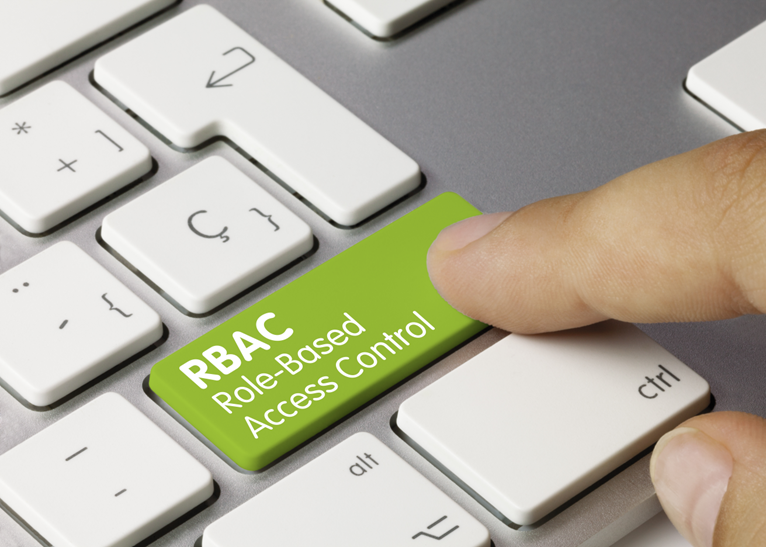
Introduction
In an era where digital transformation is more than a buzzword, the necessity for robust access management has never been more pronounced. For businesses navigating the complex digital landscape, safeguarding sensitive data and systems against unauthorized access is paramount. Central to this challenge is Role-Based Access Control (RBAC), a methodical approach to managing user permissions efficiently and precisely. This discussion is not just technical jargon but a critical conversation for IT professionals and business decision-makers aiming to bolster their organization’s security posture.
Understanding Access Management
Access Management is how organizations control and monitor access to their networks, systems, and data. It is the cornerstone of enterprise security, ensuring only authorized individuals can access specific resources. Managing these permissions becomes a complex yet crucial task in today’s dynamic business world, where roles and responsibilities constantly evolve. The lack of a robust access management system can lead to security breaches, data leaks, and non-compliance with regulatory standards – risks no modern enterprise can afford to take.
Role-Based Access Control (RBAC) Explained
RBAC stands at the forefront of efficient access management strategies. At its core, RBAC assigns user permissions based on their organizational role rather than individually. This approach simplifies the assignment and management of access rights, ensuring that employees have enough access to perform their job functions. By segmenting access based on roles, RBAC minimizes the risk of unauthorized access, enhancing overall security. Furthermore, RBAC’s structured framework eases administrative efforts and supports compliance with various regulatory standards.
What Does RBAC Look Like and How Does It Work?
- Defining Roles: In RBAC, roles are created based on organizational job functions. For instance, roles could be ‘Sales Manager,’ ‘HR Executive,’ or ‘IT Technician.’ Each role is associated with specific access rights that enable users to perform their job.
- Assigning Users to Roles: Users are assigned to one or more roles, and by this assignment, they inherit the access rights of those roles. This approach eliminates the need to assign permissions to users individually, streamlining the process.
- Managing Permissions: Permissions within RBAC are set at the role level. These permissions dictate what actions a user can perform, which resources they can access, and what level of access they have (e.g., read, write, execute).
- Implementing Least Privilege: A fundamental principle of RBAC is the concept of least privilege, meaning users are granted only the access necessary to perform their jobs. Implementing least privilege minimizes potential security risks by restricting unnecessary access to sensitive resources.
- Dynamic Access Control: RBAC systems can be dynamic, allowing for changes in roles or permissions as business needs evolve. For example, if a user’s job role changes, their access rights can be quickly updated by simply changing their role assignment.
- Auditing and Compliance: RBAC facilitates easy auditing of user permissions and access. This is crucial for ensuring compliance with various industry regulations and standards, as organizations can readily demonstrate who has access to what resources.
Organizations can balance operational efficiency and security by integrating RBAC into their access management strategies. RBAC’s structured and scalable nature makes it an ideal choice for businesses of all sizes, particularly when combined with modern solutions.
Advantages of Low-Code Platforms in RBAC
In the rapidly evolving business landscape, quickly adjusting access controls in response to changing needs is crucial. This is where low-code platforms come into play. These platforms enable organizations to implement and modify RBAC systems with minimal coding, significantly speeding up deployment. The low-code approach is particularly beneficial for organizations that need to frequently update their access controls in line with evolving business models, regulatory landscapes, or organizational structures. It democratizes the process, allowing non-technical staff to adjust, thereby reducing dependency on IT resources and minimizing technical barriers.
Automated Provisioning/De-provisioning and its Impact
Automated provisioning and de-provisioning of user access is a game-changer in access management. This process automates the granting and revoking of access rights, significantly reducing the administrative burden on IT teams. Automated systems are more efficient and less prone to errors than manual processes. They ensure that access rights are managed effectively, reducing the risk of security gaps caused by outdated permissions. In an environment where timely access is critical for productivity, automation ensures that users have the necessary permissions when they need them without compromising security.
Scalability and Unified Access Policies
An effective RBAC system must be scalable, adapting seamlessly to organizational changes such as mergers, acquisitions, or restructurings. A scalable RBAC framework ensures access rights remain appropriate and secure as the organization grows or evolves. Alongside scalability, the unification of access policies across various systems is critical. Unified access policies consolidate policy management, simplifying governance and ensuring consistent implementation of security measures across all platforms and environments. This unified approach not only streamlines administration but also aids in maintaining a clear and comprehensive view of access rights within the organization.
The Role of BAAR-IGA in Enhancing RBAC
As the conversation culminates, it’s pertinent to introduce BAAR-IGA, a sophisticated solution that elevates RBAC’s effectiveness. BAAR-IGA’s native AI, RPA, native engineering capabilities and low-code platform revolutionize how organizations implement RBAC. Its architecture is designed for quick and simple deployment, fitting seamlessly into any unique environment. With features like User Lifecycle and Policies Management, Access Provisioning, and a Universal Directory, BAAR-IGA automates and streamlines the RBAC process, making it more efficient and less error-prone. Its ability to integrate with a wide range of systems – both modern and legacy, cloud-based or on-premise – transforms the entire IGA landscape of an organization.
Conclusion
In conclusion, integrating Role-Based Access Control within an organization’s access management strategy is beneficial and essential for maintaining a secure and compliant IT environment. Adopting low-code platforms and automation in RBAC further streamlines this process, ensuring that organizations can quickly adapt to the ever-changing business and security landscapes. For those seeking to enhance their access management systems, exploring solutions like BAAR-IGA offers a pathway to achieving a secure, efficient, and compliant environment. We invite you to delve deeper into how BAAR-IGA can transform your organization’s access management and identity governance approach. Discover a world where security and efficiency coexist and empower your organization with BAAR-IGA.
Book your free demo today!



